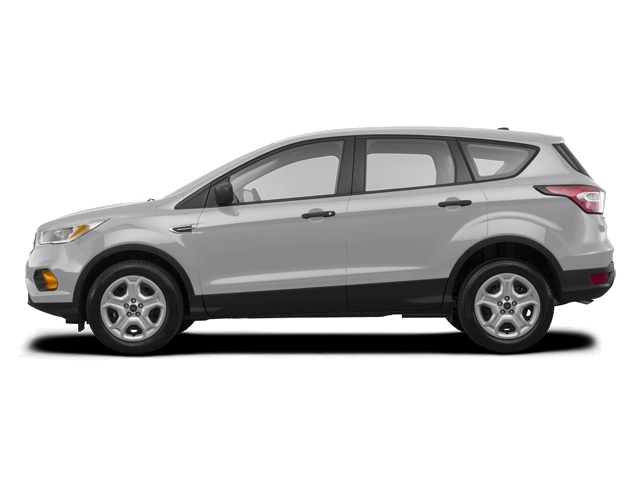2009 Ford Escape Owner's Manual

Table of Contents
2009 Ford Escape Overview
Introduction
The 2009 Ford Escape embodies the perfect blend of versatility, efficiency, and modern design. As a compact SUV, it is a popular choice for drivers seeking functionality without sacrificing style. With its rugged yet refined exterior, the Escape appeals to both urban adventurers and suburban families alike. This model year marks the height of the Escape's popularity, thanks to its enhanced safety features and available hybrid powertrain.
Powertrains
The 2009 Ford Escape offers a range of dynamic powertrains to cater to different driving preferences. Standard models come equipped with a 2.5-liter four-cylinder engine producing 171 horsepower, paired with either a five-speed manual or a six-speed automatic transmission. For those seeking a little extra power, there's an available 3.0-liter V6 engine, generating 240 horsepower, also mated to either the automatic transmission. Additionally, the Escape Hybrid, known for its impressive fuel efficiency, combines a 2.5-liter engine with an electric motor, achieving an enviable 34 mpg in the city and 30 mpg on the highway.
Trims
Features
Ford's 2009 Escape comes plentifully equipped with a variety of features tailored to enhance comfort and safety. Standard features include keyless entry, air conditioning, cruise control, and a four-speaker sound system. Higher trims offer options like a navigation system, Bluetooth connectivity, and a rearview camera, making every drive enjoyable and secure.
Owner's Manual
To ensure that owners get the most from their 2009 Ford Escape, the owner's manual serves as an invaluable resource. It provides detailed information on maintenance, troubleshooting, and operating various features of the vehicle. Whether it’s understanding dashboard indicators or learning about bi-monthly service schedules, the owner's manual is optimal for maximizing the Escape's performance and longevity.
User manual download
The Ford Escape owner manual for the 2009 model year is to be found in PDF downloadable format on this page. The owner manual for the model year 2009 is free and in English, but the repair manuals are usually not easy to get and may cost more.
Manual Questions
Fill the form below and someone will help you!

